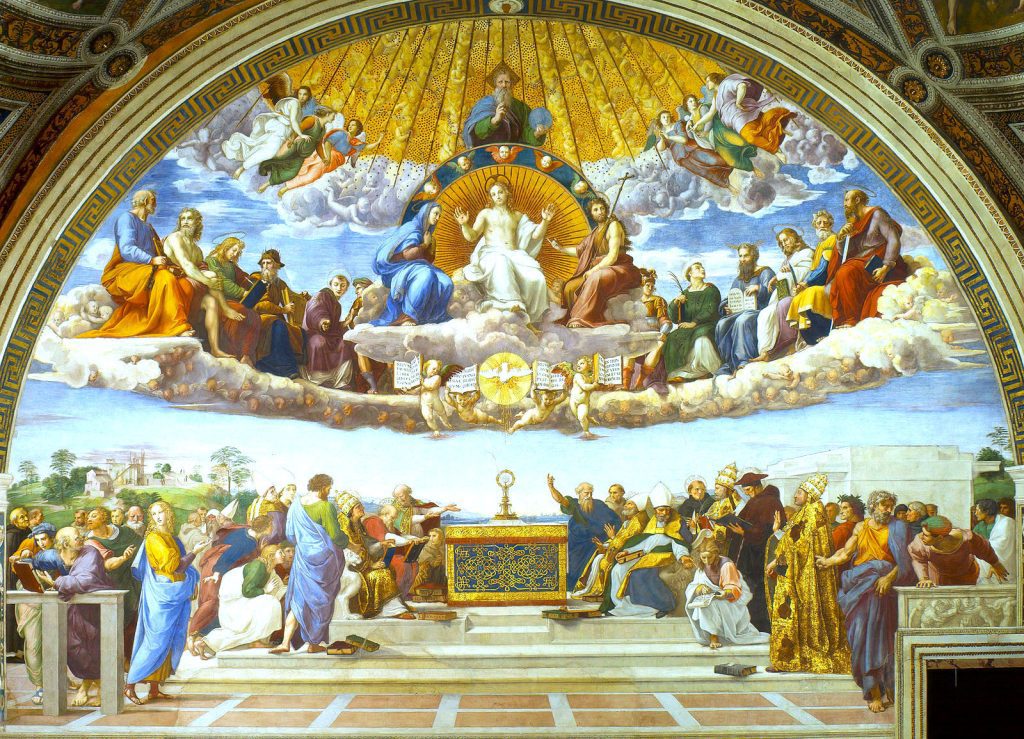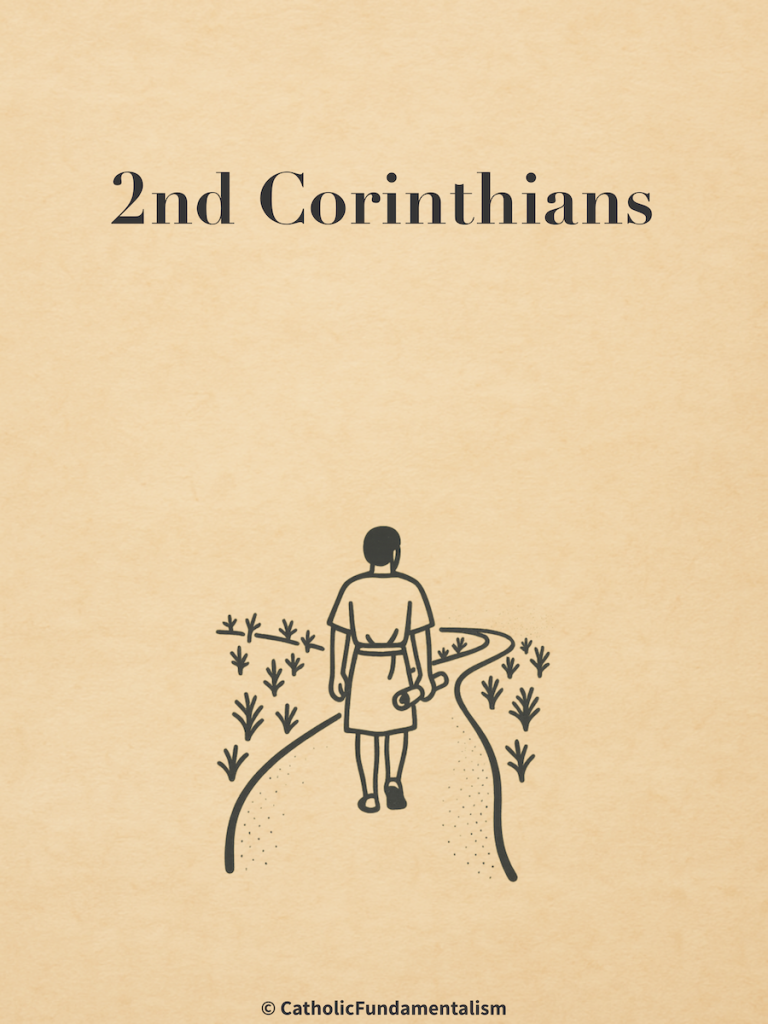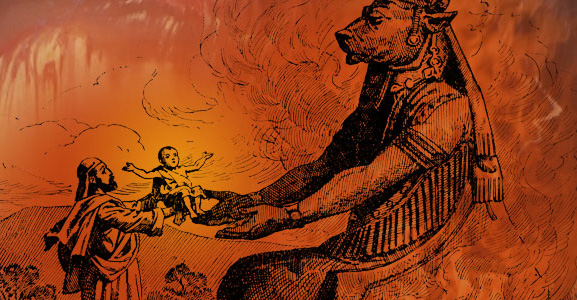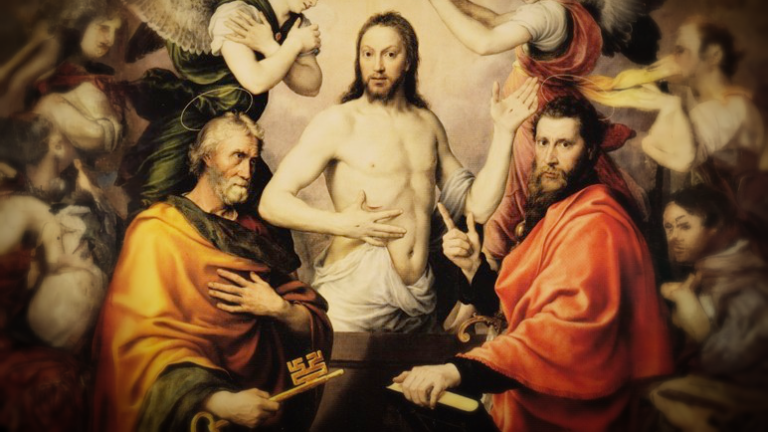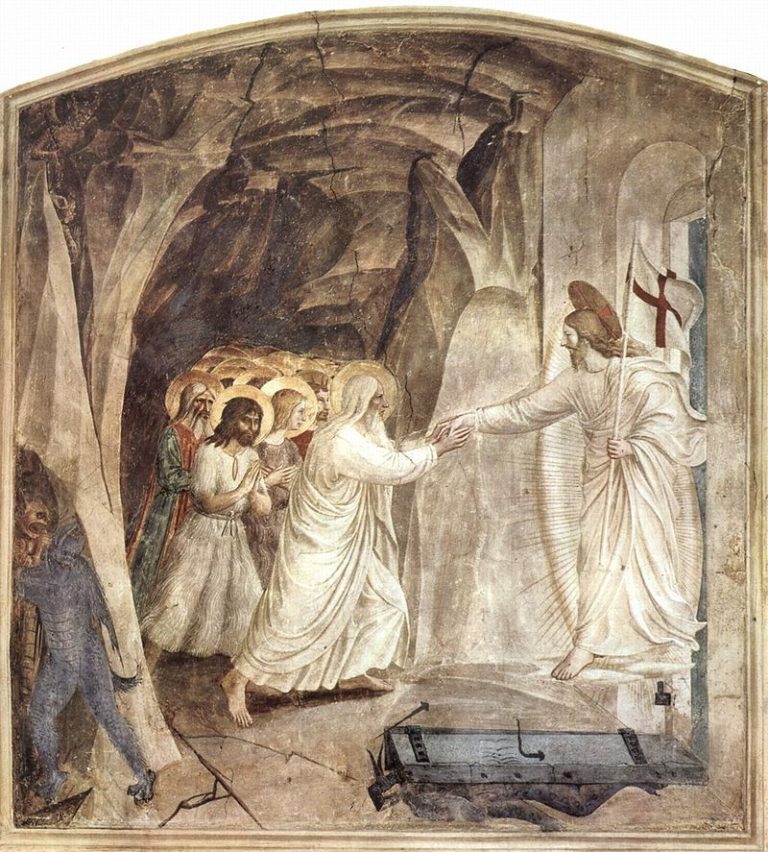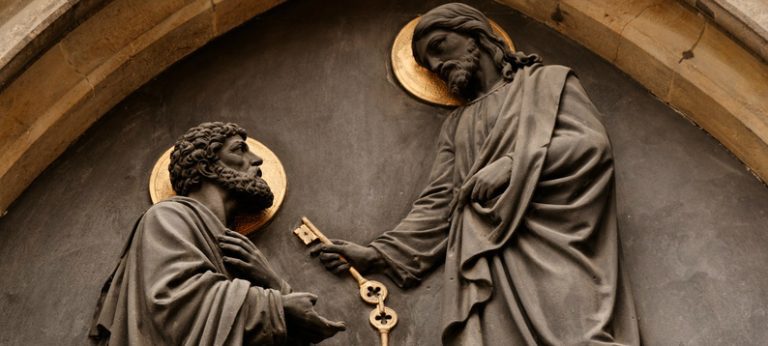Different kinds of money.
I live about twenty miles from a Western Pennsylvania town called Wampum. The name “Wampum” means “money”. Locally, wampum was made from beads fabricated from shells. The beads were laboriously strung together and used as money. Indians agreed among themselves to use their own labor, in the form of wampum, as a medium of exchange.
British and Dutch traders quickly debased that currency with factories that could crank out glass beads by the billion. It was partly that debasement of their currency that facilitated the destruction of the Indians, first by destroying their economy with mass-produced wampum, then by replacing whatever else they had of value with distilled liquor. Traders discovered that many Indians would exchange virtually anything they owned for whiskey, an early form of oxycontin.
In the days of “King Beaver”, who lived just South of Wampum, where the river and the town are still known as Beaver, a third kind of money emerged. The beaver pelts for which he and several nearby towns were named, became a “new” currency. A stack of beaver pelts as high as a musket could be exchanged for it. That same stack could also be exchanged for a few bottles of whiskey, much to the disappointment of countless Indian families waiting in vain for their braves who rarely returned home sober from the trading post with the blankets, salt, flour, and iron pots that would have kept them alive through the bitter winters if they hadn’t been exchanged for whiskey.
Soon, the “beaver pelt money” disappeared, along with the beavers, themselves, and the popularity of expensive beaver hats in England. Beaver hats were intentionally made “necessary headgear” by the British government’s marketing arm to insure that English trappers had a motive to foray into the West and compete with the French. For many years, the true source of that Western Pennsylvania “money” was the vanity of wealthy Englishmen, who wished to follow the style purposely set by Royal haberdashery. The success of using beaver hats to encourage colonization later prompted Queen Victoria to popularize opals, the mining of which facilitated the English exploration and settlement of Australia. That royalty-encouraged fad, like tobacco and beaver hats before, used the vanity of her richest subjects to help pay for colonizing and settling an Empire of Englishmen.
The copper, silver, and gold coinage, and pieces of same, followed the shells, glass beads, whiskey, and pelts as Western Pennsylvania’s money. It was soon replaced by Continental dollars made out of paper. Despite the worthless, “not worth a Continental” dollars, settlers continued to pour over the mountains, followed by builders of iron furnaces, and miners of coal, limestone, and iron ore. The fact that their paper money was essentially worthless didn’t slow them down.
Soon, local farmers went back to using barrels of whiskey as money, laboriously carting their latest “money” across the mountains to fill the endless appetite of Philadelphia’s alcoholics. G. Washington, the owner of the largest whiskey-making distillery on the Continent, and a military commander of some reknown, used government troops to quickly put a stop to that.
Then, while there was still copper, silver, gold, and paper money circulating, private banks began to print their own money, backed up by the credibility of local banks, their officers, and directors. Since they were easily defrauded by pie-in-the-sky schemes, that system didn’t provide the security the economy needed. Additional forms of “money” included various kinds of warrants for land, bonds for canals, and at least one cockamamie system to move boats, not filled with whiskey, over the mountains.
The intrinsic values of the dozen kinds of money in this one area within a hundred year period is of historical interest, but its lessons may be applied to the present; one of those lessons being that if we work hard to satisfy our neighbors’ needs, and God smiles upon our endeavors, we will have a good chance of accumulating whatever is thought to be the medium of exchange of the time, knowing as we do so that it is not necessarily something of permanent value.
Indeed, if we focus too much on making the correct guess as to which medium of exchange will appreciate most in value, we may lose opportunities in doing the work that will gain us more of that commodity. On the other hand, if we do not consider the underlying value of what we do accumulate, we may end up with a big pile of Continental dollars that aren’t worth a darn.
Worse, we may end up with a big stack of rapidly rotting beaver pelts.

